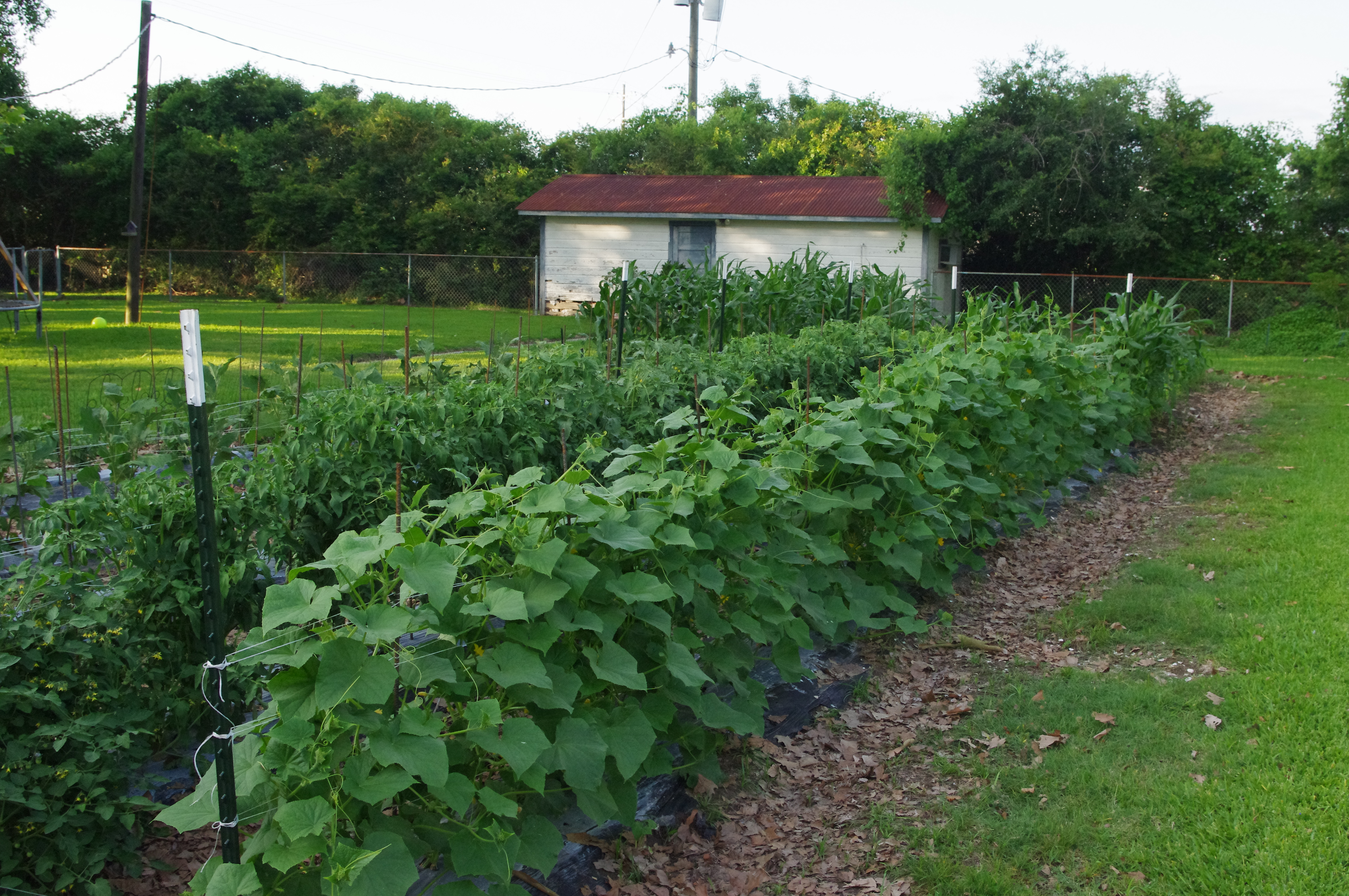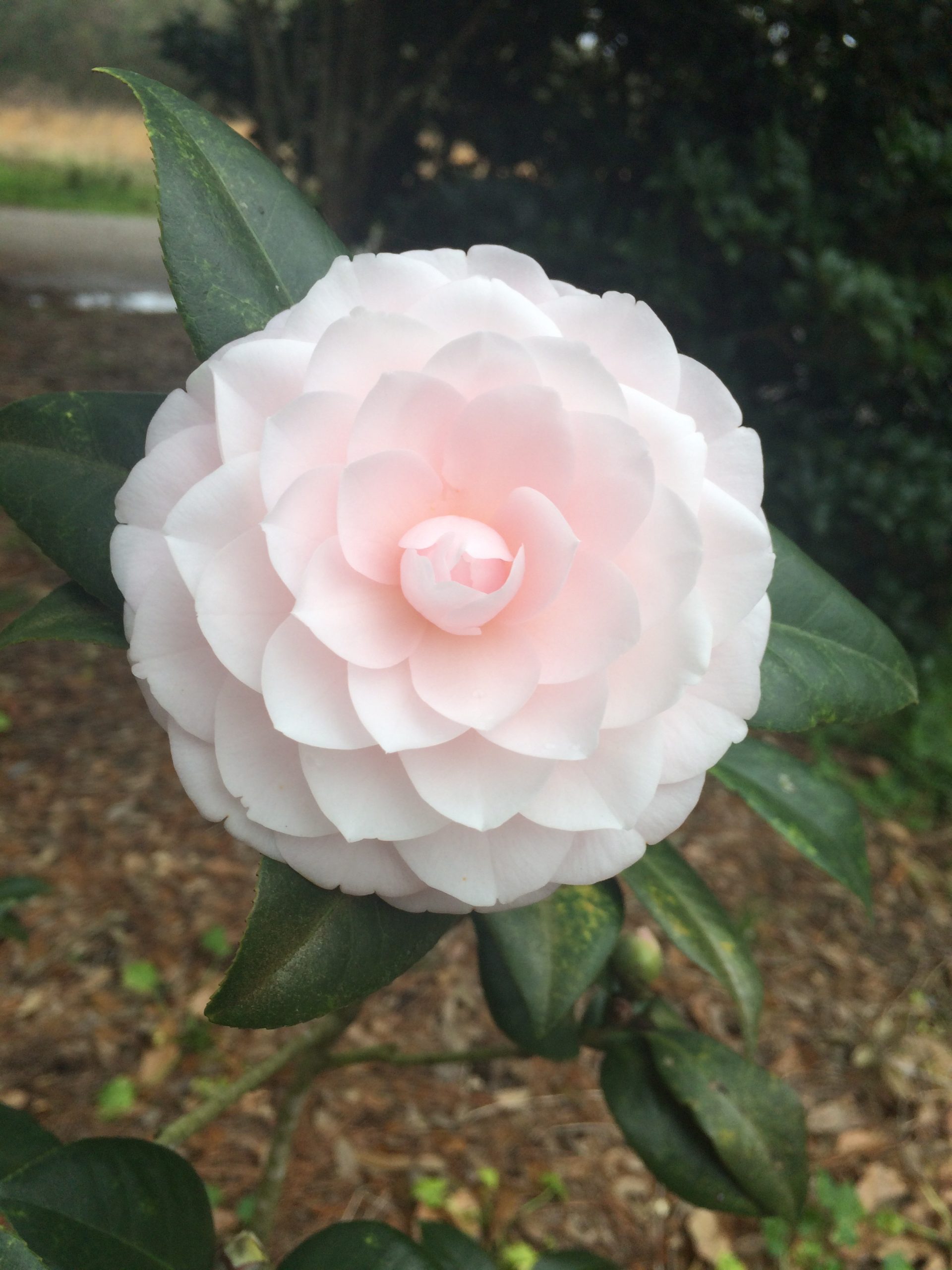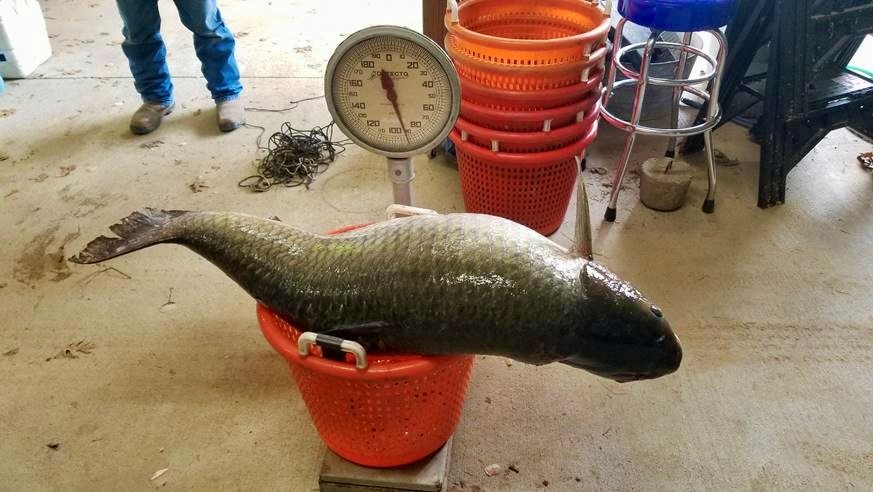
Cassidy in Line to Become Top Republican on Senate HELP Committee
November 18, 2022
Adopt a CASA child this Christmas
November 19, 2022By Heather Kirk-Ballard LSU AgCenter Horticulturist
As we wrap up the year, we have many things to do to prepare for winter and spring. Winter is dormancy time for perennials, deciduous plants and warm-season turfgrasses. In some ways, it is also dormancy time for us. So it’s time to get things done in the garden before our winter hibernation begins.
Start by prepping your tropical and cold-sensitive potted plants. If temperatures begin to drop into the 30s, you need to get them indoors, in your garage, carport or protected in the corner of a patio.
If you decide to move your plants indoors, watering needs will drop dramatically. Water once a week or when the plants begin to wilt slightly. This helps reduce chances of fungal disease and insect damage. Fungus gnats love rotting roots that have succumbed to saturated potting soils growing fungus. Avoid this by letting the soil dry out before watering again.
In the yard, put fallen leaves to good use in the garden. Rake and keep leaves of deciduous trees to use for mulch material, or compost them to provide organic matter for landscape and vegetable beds in the future. Remember to keep fallen leaves away from drainage systems. Even though hurricane season is officially over and winter typically brings less rain, we will get a shower or two. Bag up the leaves, compost them or use them as mulch.
In the vegetable garden, bunching green onions and shallots should be harvested by digging up the clumps. You may replant a smaller clump to continue producing. You can plant beets, Brussels sprouts, cabbage, carrots, celery, cabbage, leeks, lettuce, radishes, shallots, spinach, Swiss chard and turnips.
In the lawn, take a break. You can still tackle those annoying weeds to get them under control before new springtime growth. Some options for weed control are Scythe, an organic option with the active ingredient pelargonic acid and related fatty acids.
Alternatively, chemical control can be made with liquid atrazine in combination with 2, 4-D, mecoprop, dicamba and carfentrazone for the best results. Follow product label for rates, and use a spreader sticker. This is also an opportune time to sharpen mower blades and take care of any mower or weed trimmer maintenance before winter storage.
In the landscape beds, protect the roots and rhizomes of tropical plants by spreading a 4-to-6-inch layer of mulch around the base of the plant. You can prune off freeze-damaged limbs and foliage on tropical herbaceous foliage plants such as gingers and philodendrons if you want to keep a neat look to the bed. Heavily mulch cold-sensitive plants, and cover them in extended periods of below-freezing weather.
Cover young, tender citrus trees and use heat lamps during extended freezes. According to retired LSU AgCenter horticulturist Charlie Johnson, the critical temperature for citrus is 28 degrees for more than four hours.
When you cover citrus, do so during the daytime before freezing nighttime temperatures. This will help trap radiant heat emitting upwards from the soil into the canopy of the tree. Use bedsheets or frost protection material available from local nurseries.
You can also try plastic or a tarpaulin, but this should be removed during the day to prevent plants from sunburn. Sheets and cloths can be left on for a few days without any damage to the trees. But they will prevent photosynthesis, so they should not be left for extended periods.
In landscape beds, apply mulch at a 2-inch depth to keep weeds in check and to help trap moisture and heat around the root zone. Pine straw, leaves and pine bark are all excellent choices. You can also trim freeze-damaged or dormant perennials back in winter to keep a clean look to your landscape.

Leaves used as mulch in vegetable garden.
Winter is a great time to plant trees and shrubs. Container-grown trees will be less susceptible to transplant shock during this time. Avoid planting cold-sensitive plants such as citrus, figs and palms this time of year, however. They will be highly susceptible to freeze damage.
It may seem counterintuitive to plant in winter, but tree and shrub roots will continue to grow in winter and will be well established come springtime. The weather is not hot for a short time here in Louisiana, so enjoy it. Good news on the insect front: they will now slow down and be less of a burden until spring starts their life cycle again.
Winter is a great time to tackle landscaping projects. You can trim trees and shrubs, even deciduous trees. The tree structure will be easier to see when selecting limbs to remove, and they will be lighter for disposal without the foliage.

Winter is a great time for planting camellias.Photo by Heather Kirk-Ballard/LSU AgCenter.








